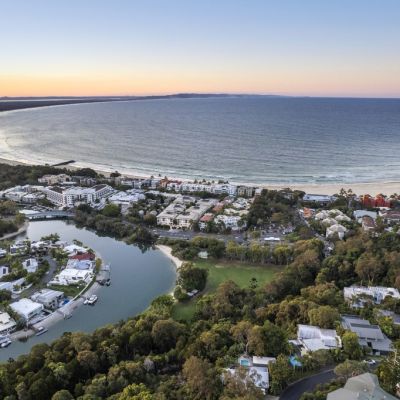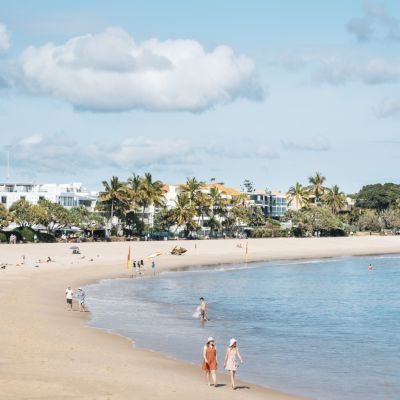Noosa and the Baroosa lead regions where house prices have doubled in five years
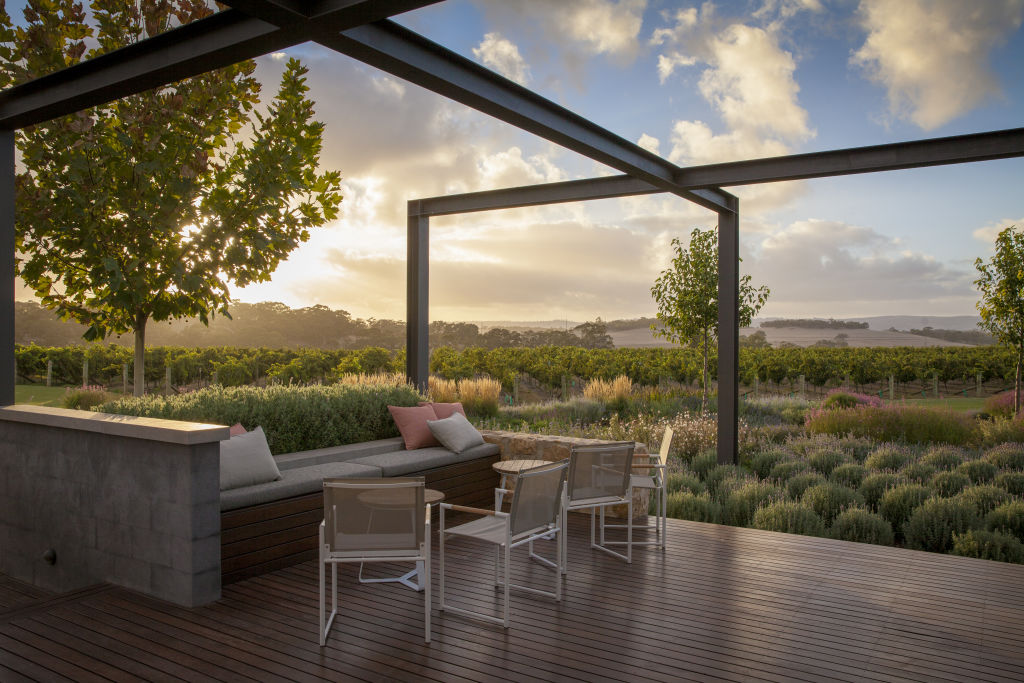
Noosa leads a surging pack of regions where house prices have doubled – or near to – in five years.
It is the most salubrious of the zones that have emerged as strong mid-term performers in Domain’s latest House Price Report (for the December 2024 quarter). However, most have medians of about $700,000 or much less.
Domain’s head of economics and research Dr Nicola Powell says the snapshot of five-year growth captures the COVID movement to regional Australia.
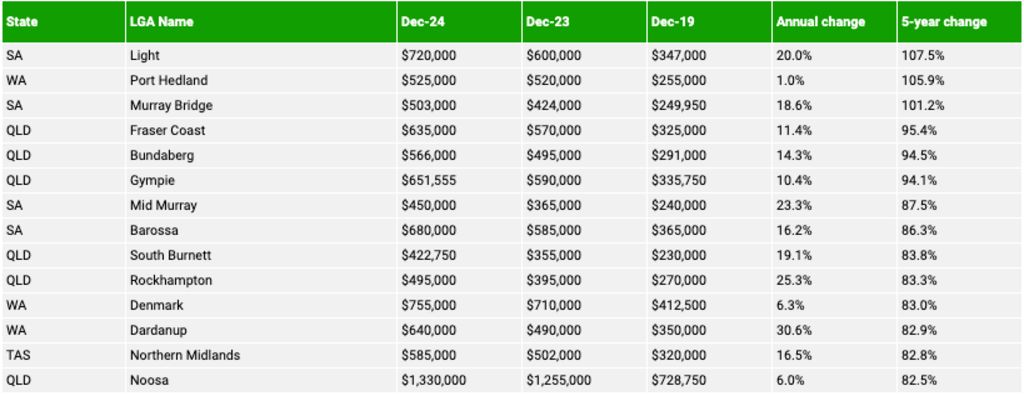
Since the dissipation of COVID restrictions, the exodus of city dwellers to regional Australia has flowed at a greater rate than it was in the pandemic era.
Domain’s latest figures show the Light regional area, which abuts the Barossa Valley and the town of Gawler in South Australia, has experienced a 20 per cent median price rise of $120,000 over 12 months, to land at $720,000. The council catchment includes the towns of Seppeltsfield and Kapunda.
Light’s five-year price growth is 107.5 per cent – the number one area in Australia for five-year price rises over this period.
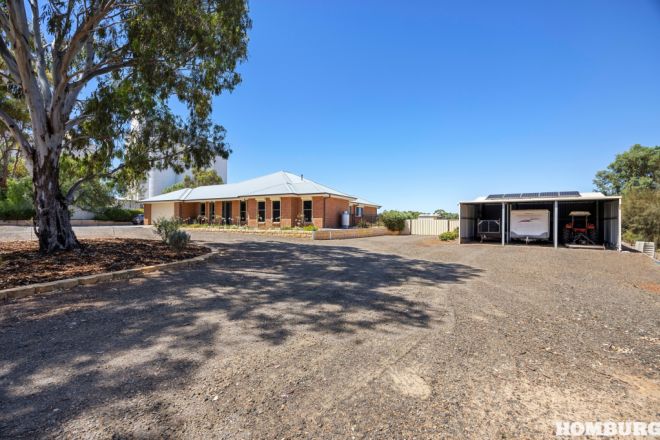
The Barossa itself is also on the list, with an 86.3 per cent spike, and takes in the towns of Tanunda, Williamstown, Nuriootpa, Angaston and Lyndoch.
Port Hedland, where iron ore is mined, clocks in next on Domain’s list, with five-year growth of 105.9 per cent. The median, for the location in Western Australia’s Pilbara, is $525,000.
Murray Bridge has roared to 101.2 per cent price growth over the term. The median of $503,000 is an 18.6 per cent bump on the number 12 months ago.
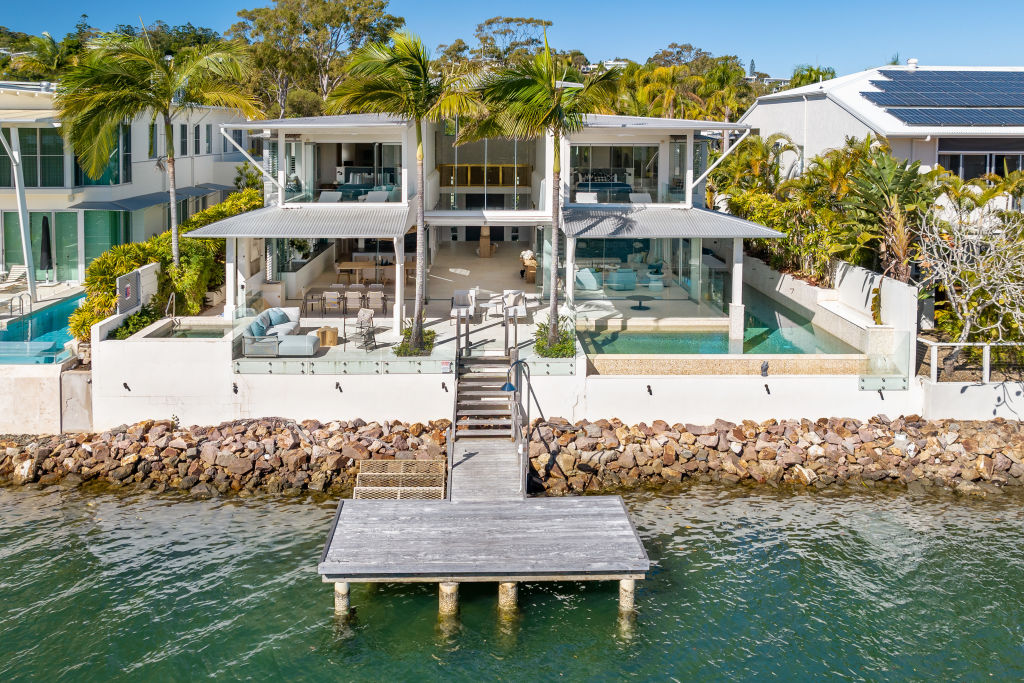
Other regions have between 82 per cent and 95 per cent price growth and all are from WA, Queensland or SA.
Noosa – which Domain defines as a region which includes Noosaville, Eumundi and Tewantin – has a median of $1.3 million, supercharged by 82.5 per cent five-year growth.
Dr Powell says the results showcase the power of regional Australia’s markets, in a list that incudes places not necessarily expected to lead price gains.

She said Noosa is a “highly desirable” location, driven by lifestyle buyers. Other regions have “localised economies”, including mining, that bring people to those areas for work.
“There is a flow and outward flux of people from our major capital cities looking for greater value for money and that lifestyle of these affordable pastures,” Dr Powell says.
“Many regions benefited from the ability for workers to sell out of a higher price market and go and get that greater value for money in these regional areas.”
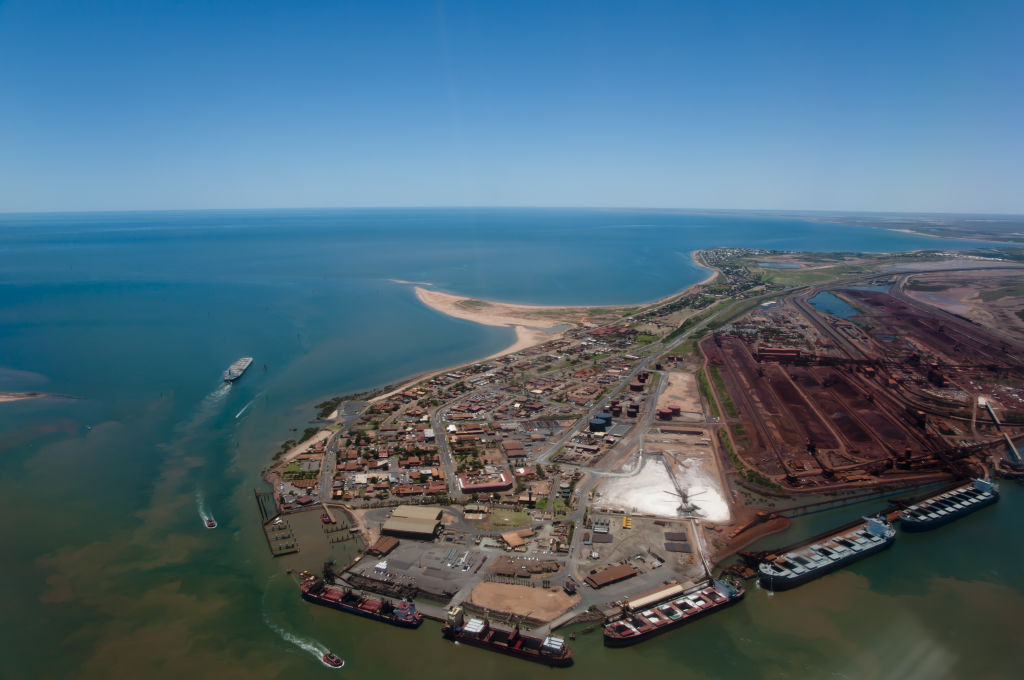
Australia Institute data for the September quarter shows regional migration from the capitals is 19.2 per cent greater than the same movement noted during the “height of lockdowns”.
Most of metro folk seeking greener pastures are from Sydney and Melbourne.
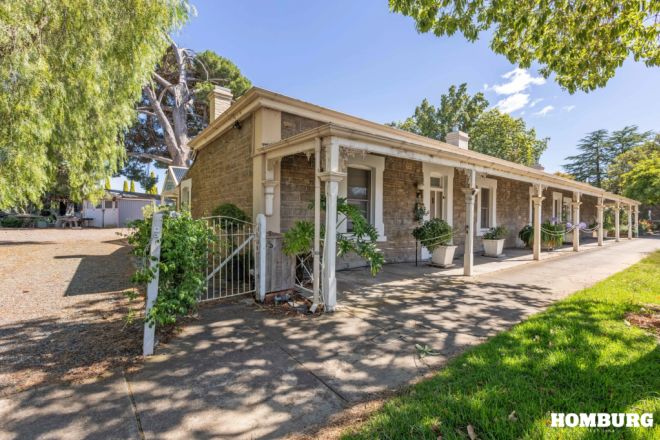
The Regional Movers Index, by the Regional Australia Institute, reveals 35.6 per cent more people are leaving capital cities to reside in country areas than the reverse.
“As a result, city to regional migration now accounts for an 11.3 per cent share of all internal migration flows, compared to 8.3 per cent for regional-to-capital movers,” the report, in collaboration with the Commonwealth Bank, says.
Net regional migration is at a two-year high. Sydneysiders account for 57 per cent of city-to-country migration, and Melburnians clock in at 38 per cent.
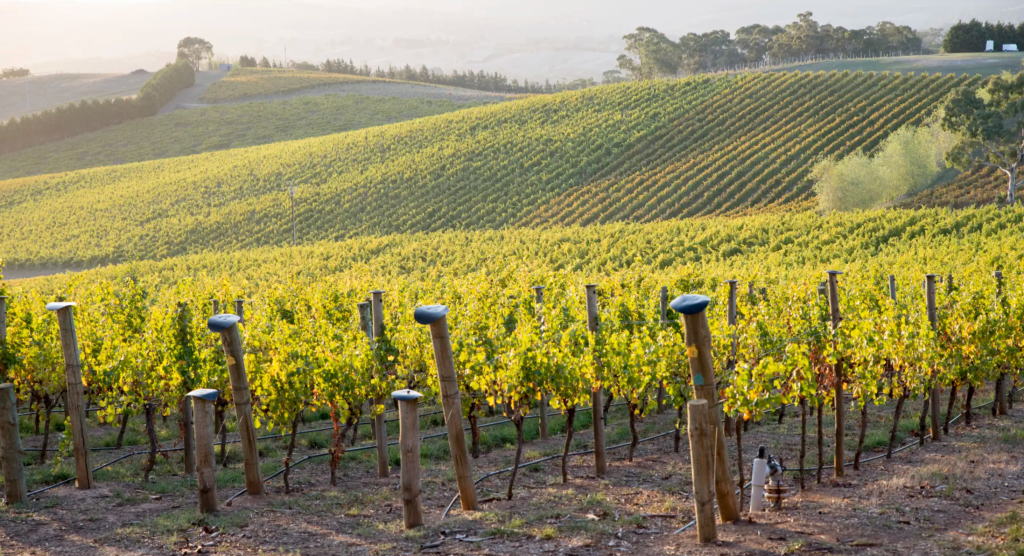
We recommend
We thought you might like
States
Capital Cities
Capital Cities - Rentals
Popular Areas
Allhomes
More
